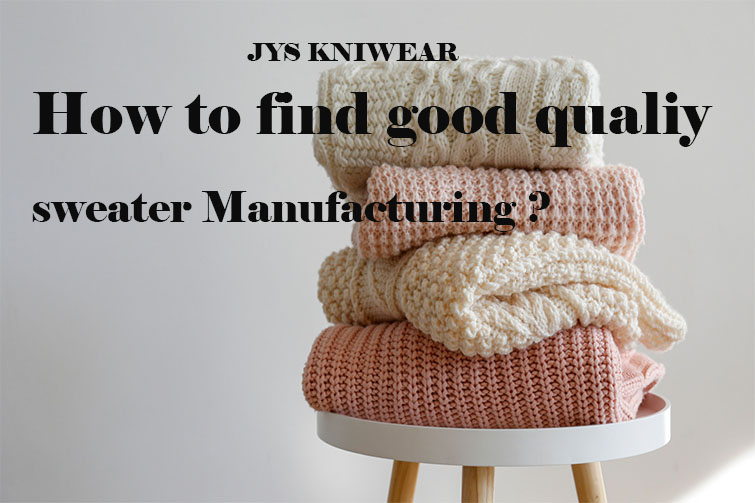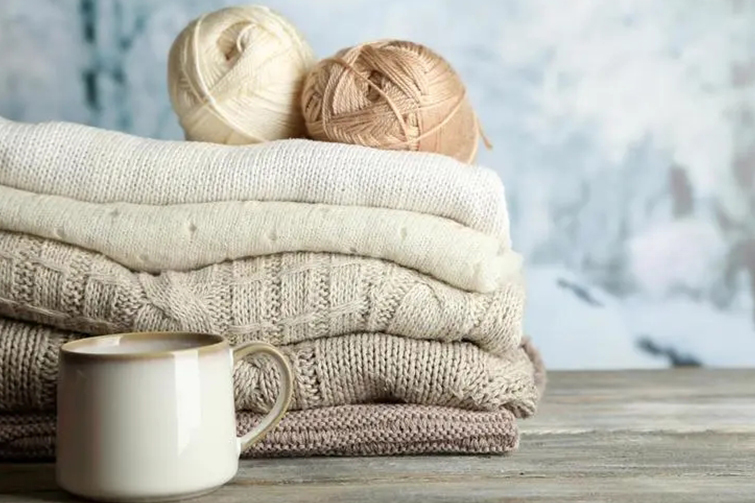

How to Choose a Knitted Onesie for Babies: A Complete Guide
Knitted onesies are a popular choice for dressing babies due to their softness, warmth, and flexibility. They provide comfort for little ones and are perfect for various seasons, making them a go-to outfit for parents. However, choosing the right knitted onesie involves considering factors like material, size, design, and practicality. Here's a comprehensive guide to help you pick the perfect knitted onesie for your baby.
1. Consider the Material
The material of a knitted onesie is one of the most important factors to consider, as it directly affects your baby’s comfort. Babies have sensitive skin, so you’ll want to choose soft, non-irritating materials. Common materials for knitted onesies include:
- Cotton: Lightweight, breathable, and hypoallergenic, cotton is ideal for babies with sensitive skin. It’s a great option for warmer climates or seasons.
- Wool: Wool is perfect for colder weather due to its insulating properties. Merino wool, in particular, is soft, breathable, and gentle on the skin.
- Cashmere: Luxurious and soft, cashmere is a great option for keeping your baby warm and cozy during winter, though it’s typically more expensive.
- Bamboo: Bamboo yarn is eco-friendly, soft, and antibacterial, making it a good choice for babies with sensitive skin. It’s also breathable and moisture-wicking, perfect for various climates.
2. Check for Softness
When selecting a knitted onesie, make sure the fabric is soft and gentle on your baby's skin. Scratchy or coarse materials can cause discomfort or irritation. Run your hand over the onesie to feel for any rough spots, and if possible, check customer reviews for feedback on how soft the fabric feels after washing. Avoid any materials that might be too stiff or rough for sensitive skin.
3. Choose the Right Size
Choosing the right size is crucial for your baby's comfort and mobility. Onesies that are too tight may restrict movement, while overly large ones can be cumbersome. Most knitted onesies come in standard sizes based on age, but it’s always a good idea to refer to the brand’s size chart for exact measurements. Consider buying a slightly larger size if you want the onesie to last longer as babies grow quickly.
- Snug but not tight: Look for a fit that allows your baby to move freely, without being overly loose or too tight around the chest, legs, and arms.
- Room for layering: If the onesie is for colder months, consider a size that allows for layering a bodysuit or t-shirt underneath.
4. Check for Practical Features
When choosing a knitted onesie, it's essential to consider features that make it easy to put on and take off, as well as those that simplify diaper changes. Look for these practical elements:
- Snap closures or buttons: Snap buttons along the legs or the front allow for easy diaper changes. Make sure the buttons are secure but easy to open and close.
- Zippered designs: Zippers offer a quick and efficient way to dress and undress your baby. Some zippered onesies come with a safety flap at the top to prevent irritation to the baby's neck.
- Stretchy cuffs: Ensure that the cuffs around the wrists and ankles are stretchy but not too tight, so they don't leave marks on the baby's skin.
5. Opt for Breathable Fabrics
While knitted onesies are often chosen for their warmth, it's essential to consider breathability, especially if you plan to use the onesie for layering or in slightly warmer environments. Breathable fabrics help regulate body temperature, preventing your baby from overheating. Natural fibers like cotton, bamboo, and merino wool provide warmth while allowing air to circulate.
6. Consider the Design and Style
Knitted onesies come in various designs, from simple and classic to cute and playful. When choosing the design, think about:
- Seamless construction: Babies can be sensitive to seams, especially along the back or sides. Seamless onesies or those with flat seams are less likely to cause irritation.
- Hooded vs. non-hooded: Some onesies come with attached hoods for extra warmth. While this can be cute and functional, make sure the hood isn’t too bulky or loose, as it may cause discomfort when lying down.
- Sleeve length: Depending on the season, choose between long-sleeved, short-sleeved, or sleeveless onesies. Long-sleeved options are great for winter, while short sleeves work better in the summer.
7. Easy to Wash and Care For
Babies tend to be messy, so choosing a onesie that's easy to wash and care for is essential. Check the care label to see if the garment is machine washable or if it requires hand-washing, which might be more time-consuming. Additionally, knitted onesies made from wool or cashmere may require special care such as air drying or dry cleaning, so consider how much maintenance you’re willing to put in.
- Machine-washable options: Cotton and some blends of wool can usually be machine washed on a gentle cycle, making them ideal for everyday use.
- Durability: Ensure that the onesie can withstand multiple washes without losing shape or softness. High-quality knits will maintain their integrity and look even after repeated cleaning.
8. Seasonal Considerations
When selecting a knitted onesie, consider the season in which your baby will be wearing it. Heavier knits made from wool or cashmere are better suited for winter months, while lighter materials like cotton or bamboo are perfect for spring and summer. For fall, mid-weight knits provide just enough warmth without overheating your baby.
- Winter: Opt for thicker materials like wool or cashmere that provide insulation.
- Summer: Choose lightweight cotton or bamboo knits for breathability.
9. Safety Considerations
Safety is a top priority when choosing any baby clothing. Ensure that the onesie has no small, loose parts like buttons or decorative items that could pose a choking hazard. If the onesie has ties or cords, make sure they are secure and short enough to avoid any strangulation risk.
Conclusion
Choosing the right knitted onesie for your baby involves balancing comfort, practicality, and style. By focusing on soft, breathable materials like cotton, wool, or bamboo, and considering practical features like snaps, zippers, and easy-care fabrics, you can ensure your baby stays cozy and happy. With thoughtful selection, a knitted onesie can be both a functional and adorable addition to your baby’s wardrobe.







